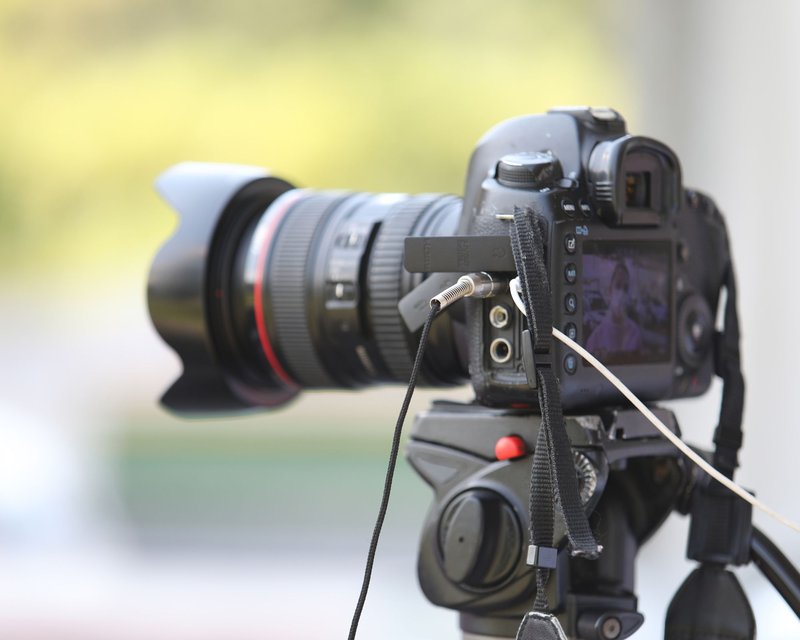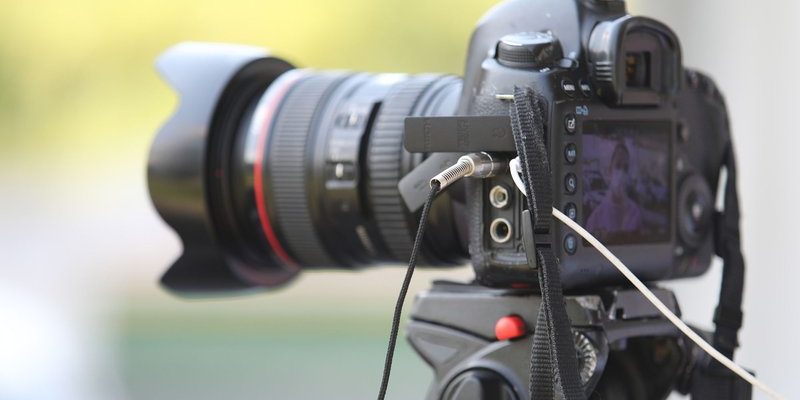
You might be wondering why photography matters with such tiny beings. Well, much like a great book, each photo tells a story. By clicking the shutter, you can share a glimpse into their enigmatic lives, showing others how these creatures move, hunt, and thrive while maintaining their delicate ecosystem. With the right approach and respect for their world, you can create stunning images that celebrate these fascinating animals without causing them any stress.
In this guide, we’ll cover essential tips and techniques for photographing velvet worms. From understanding their habitat to choosing the right equipment and mastering your camera settings, we’ll make sure you’re fully prepared to capture those enchanting moments.
Understanding Velvet Worms
Before diving into photography, it helps to know a bit about velvet worms themselves. Also known as *Onychophorans*, these creatures inhabit damp environments, primarily in tropical regions. They’re nocturnal and prefer dark, humid places where they can hunt for their favorite prey—other small invertebrates. Their soft bodies, covered with tiny sensory bristles, give them a velvety texture that’s truly captivating.
These critters have fascinating adaptations, including the ability to produce a sticky substance to catch prey. Watching them in action is like observing a live experiment in nature. But while they’re intriguing, it’s essential to remember that they can be sensitive to disturbances. That’s why your approach to photographing them needs to be both thoughtful and patient.
Here’s a quick rundown of their key characteristics:
- Size: Velvet worms can range from 1 to 10 inches long, depending on the species.
- Habitat: They thrive in moist environments such as leaf litter, under rocks, and in decaying wood.
- Behavior: Generally shy, they may retreat quickly if they sense danger.
Choosing the Right Time and Location
Timing is everything when it comes to photographing velvet worms. Since they’re nocturnal, the best opportunities to see them are usually in the early morning or late evening. If you’re adventurous, you might even try spotting them at night with a flashlight, which can create a magical atmosphere for your shots.
Location is equally crucial. Look for areas rich in organic matter, like moist leaf litter or decaying logs. These places are not only prime habitats for velvet worms but also provide excellent backdrops for your photos.
It’s worth noting that velvet worms are fragile, so be careful not to disturb their habitat. If you notice a cluster of them, be sure to keep your movements slow and deliberate to prevent startling them.
Here’s a simple list of tips for location scouting:
- Search near the forest floor, as they often hide between leaves and logs.
- Look in shaded areas where moisture levels are higher.
- Avoid disruptive environments like busy hiking trails.
Equipment Essentials for Velvet Worm Photography
Let’s break down the gear you need. While you don’t need the fanciest camera on the market, having the right tools can significantly improve your shots. A digital camera with a good macro lens is ideal for capturing the intricate details of velvet worms, but even a smartphone can work wonders if used correctly.
Here are some recommendations for your photography toolkit:
- Macro lens: A lens that allows you to focus closely on your subject will highlight the unique textures of velvet worms.
- Tripod: A sturdy tripod stabilizes your camera, especially during low-light shots when slower shutter speeds are needed.
- External flash or reflector: Using a soft diffused light source can illuminate the worms without startling them.
Remember, capturing those fine details is about patience and practice.
Camera Settings for Perfect Shots
Now that you have your gear, it’s time to talk camera settings. If you want to capture the delicate textures of velvet worms, you’ll need to adjust your settings accordingly. Aim for a narrow aperture (high f-number) to get a broader depth of field, which keeps more of the image in focus.
Start with these basics:
- ISO sensitivity: Keep your ISO low (100-200) to reduce noise, especially in bright settings.
- Aperture: Use f/8 to f/16 for a nice depth of field that highlights the worm’s features.
- Shutter speed: A slower shutter speed (1/60 or slower) can work well in dim conditions, but you’ll need a stable surface or tripod.
Experimenting with these settings can lead to some surprisingly beautiful results. Don’t be afraid to shoot in RAW format, as it gives you more flexibility during post-processing.
Techniques for Ethical Photography
Photographing velvet worms requires a gentle touch. It’s vital to prioritize their well-being while you capture stunning images. When you approach them, do so slowly and quietly. Avoid sudden movements, as this can frighten them away. If they seem agitated, give them space and wait for a moment before trying again.
Here are some ethical photography techniques:
- Minimize handling: Touch them only if absolutely necessary and always with clean, damp hands.
- Use natural light: If possible, rely on natural light to reduce any stress from artificial lighting.
- Leave no trace: After you’re done, ensure that you leave their habitat undisturbed.
Remember, the goal is to create a beautiful image without impacting their natural behavior.
Post-Processing Your Velvet Worm Photos
Once you’re back home with your images, it’s time for some fun: editing! This step is where you can enhance colors, adjust brightness, and bring out those delicate details that make velvet worms so charming. Software like Adobe Lightroom or even free apps can work wonders.
Here are a few post-processing tips:
- Adjust exposure: Brighten your images to reveal hidden details without oversaturating.
- Crop wisely: Focus on the worm and its surroundings without losing too much context.
- Sharpen details: Use sharpening tools moderately to emphasize the unique texture of their bodies.
By enhancing your photos thoughtfully, you can create stunning displays that do justice to the beauty of these fascinating creatures.
Wrapping Up Your Photography Adventure
Photographing velvet worms is a unique experience that combines patience, respect, and creativity. As you venture into their habitats, you’ll find joy in both the process of capturing their images and the stories your photos tell. Remember to approach them gently, use the right tools, and be mindful of their environment.
In the end, it’s not just about the final shot; it’s about appreciating the beauty of these ancient creatures and the ecosystems they inhabit. So grab your camera, respect their space, and get ready to capture some unforgettable moments in the world of velvet worms!

